Story Highlight
– MHRA integrates medicine safety into school curriculum.
– Students learn to recognize and report side effects.
– Yellow Card scheme included in statutory education guidance.
– Initiative promotes health literacy among young people.
– Marks significant step for public health and safety.
Full Story
On World Patient Safety Day, the Medicines and Healthcare products Regulatory Agency (MHRA) has reached a significant milestone in enhancing public health protections. For the first time, information on medicine safety and side effect reporting has been incorporated into the mandatory Relationships, Sex and Health Education (RSHE) curriculum for schools across England.
In collaboration with the Department for Education, the MHRA has successfully embedded this vital content within the national syllabus, empowering young individuals nationwide to identify and report medicine-related side effects via the Yellow Card scheme.
This pioneering initiative aims to equip the younger generation with essential knowledge, enabling them to take an active role in healthcare and contribute towards improved safety measures in medical practices.
Key Learning Outcomes for Students:
– Understanding what side effects are
– Recognising the importance of reporting medicinal issues
– Learning how to submit a report through the Yellow Card scheme
– Gaining insight into the role of the MHRA in safeguarding public health
Lawrence Tallon, Chief Executive of the MHRA, remarked: “This World Patient Safety Day, we’re marking a new era in public health. By equipping young people with knowledge about medicine safety, we’re laying the foundations for a lifetime of safer healthcare. The inclusion of information on how to report side effects via the Yellow Card scheme in schools ensures every child knows that their voice matters in making medicines and devices safer for everyone.”
The newly revised curriculum features direct links to the Yellow Card website and includes a child-friendly guide that has been tested with over 3,500 children and adolescents. This guide offers a clear and straightforward explanation of the reporting process, ensuring accessibility for younger audiences.
This initiative not only aligns with the global objective of safeguarding children from avoidable harm but also signifies a crucial advancement in health literacy. It ensures that young people are educated on how to voice their concerns and protect their wellbeing.
The MHRA’s guide now forms an integral part of the educational resources available for Health Education in England, making information about medicine safety more accessible and empowering for students.
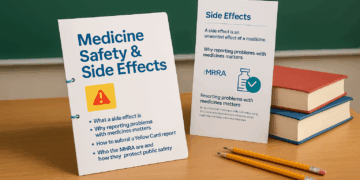












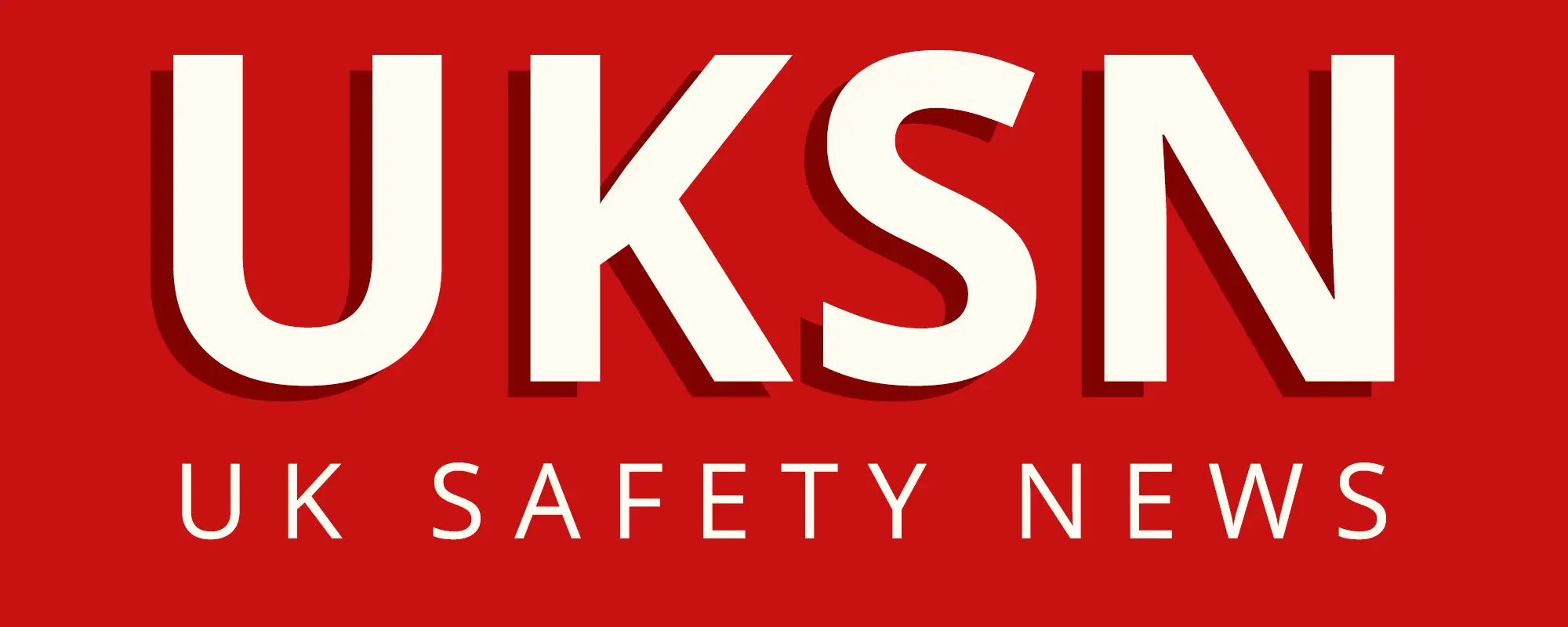
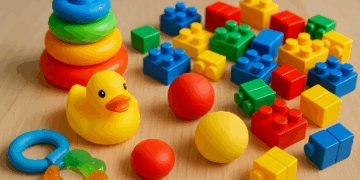
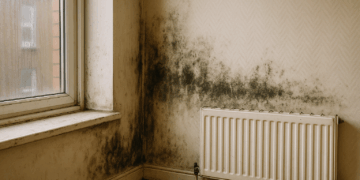
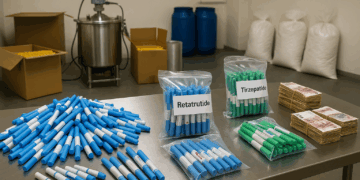
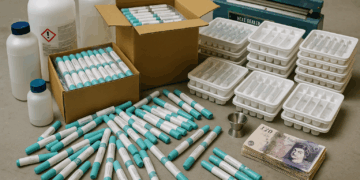
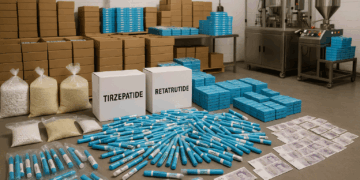
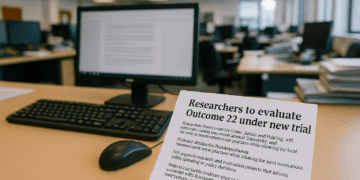

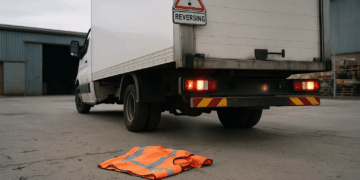
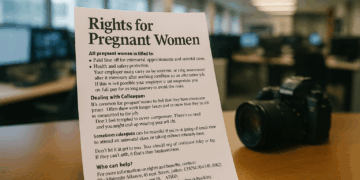


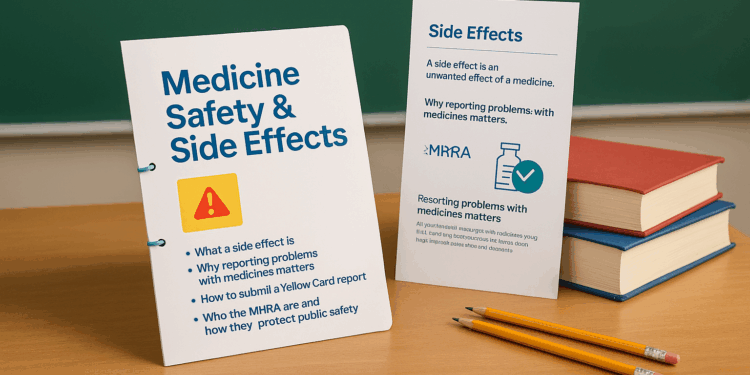







This is a pragmatic and important step. Teaching young people how to recognise side effects and how to report them through the Yellow Card scheme will improve detection of safety issues and help build a more safety conscious public. Embedding the material in statutory health education ensures it reaches all students and supports clearer conversations between pupils and their families about medicines. Effective delivery will depend on providing teachers with concise, age appropriate resources and opportunities for training so the messages are accurate and do not cause unnecessary alarm. Longer term, measuring uptake of reporting and changes in health literacy will be important to show the initiative is making the intended difference.